Hickory Tree
- November 14, 2023
- 0 comment
The hickory tree, belonging to the genus Carya, is a deciduous hardwood tree renowned for its distinctive, compound leaves and the valuable nuts it produces. These stately trees are a prominent feature of North American forests, with various species distributed across the continent.
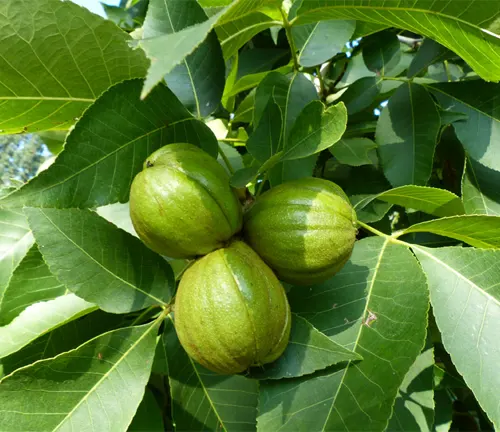
Hickory wood is highly prized for its strength and durability, making it a preferred choice for tool handles, furniture, and even flooring. The compound leaves, typically composed of multiple leaflets, lend an elegant and unique appearance to the tree. One of the most notable characteristics of hickory trees is their large, round nuts, enclosed in thick, woody husks.
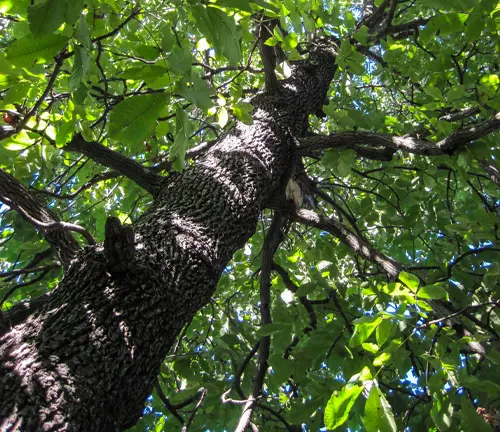
These nuts are not only a vital food source for wildlife but are also enjoyed by humans in various culinary applications. Hickory-smoked flavors are particularly popular, infusing a distinct and savory taste into foods. Beyond their economic and ecological significance, hickory trees contribute to the aesthetic richness of the landscape, showcasing a blend of strength, resilience, and natural beauty.
| Characteristic | Description |
| Scientific Name | Genus Carya |
| Type | Deciduous hardwood tree |
| Leaf Type | Compound, with multiple leaflets |
| Wood Characteristics | Strong, durable, highly prized for various uses |
| Distribution | Found in North American forests |
| Nut Type | Large, round nuts enclosed in thick, woody husks |
| Ecological Role | Provides food for wildlife, contributes to biodiversity |
| Culinary Uses | Nuts used in various culinary applications, known for hickory-smoked flavor |
| Aesthetic Qualities | Stately appearance, adds to the beauty of landscapes |
Botanical Beauty of Hickory Tree
The Hickory tree, scientifically classified under the genus Carya, stands as a testament to botanical beauty in the realm of deciduous hardwood. Its charm lies not only in its majestic height and broad canopy but also in the intricate design of its compound leaves. The leaves, comprised of multiple leaflets, bestow a unique elegance upon the tree, creating a visual spectacle that graces North American forests. The distinctive foliage of the Hickory tree adds a touch of sophistication to the natural landscape, captivating the observer with its botanical allure.
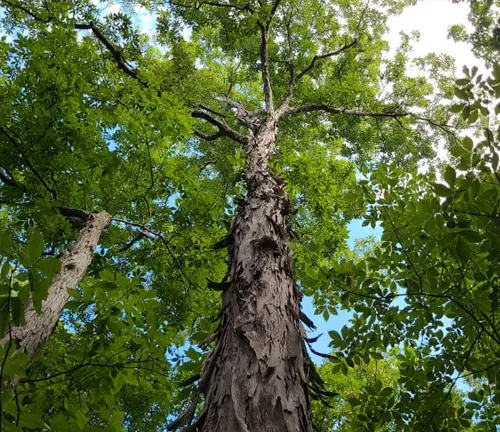
Woodland Elegance
Beyond its aesthetic appeal, the Hickory tree contributes significantly to the world of woodworking. Revered for its robust and durable wood, the hickory species holds a special place in the creation of tools, furniture, and flooring. The timber’s strength and resilience make it a preferred choice for crafting items that withstand the test of time. This intersection of woodland elegance and practical utility underscores the versatility and enduring beauty of the Hickory tree.
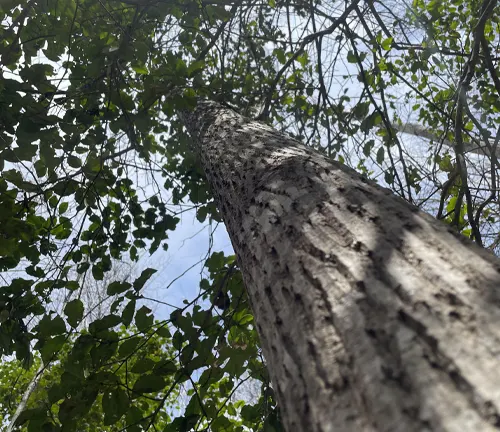
Ecological Importance
The ecological role of the Hickory tree extends far beyond its outward beauty. As a vital component of North American forests, the Hickory tree plays a crucial role in maintaining biodiversity. Its large, round nuts, encased in sturdy husks, serve as a valuable food source for various wildlife species. This contribution to the ecosystem highlights the interconnectedness of flora and fauna, making the Hickory tree an essential player in the delicate balance of nature.

Cultivation and Conservation
Cultivating and conserving the Hickory tree is not merely an aesthetic pursuit but an ecological responsibility. Understanding the specific needs of these trees and promoting sustainable practices in their cultivation is paramount. Conservation efforts are crucial to preserving the genetic diversity of Hickory species, ensuring their continued existence for future generations to appreciate and benefit from.
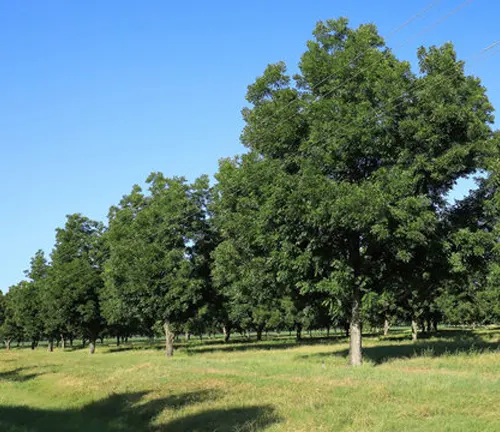
Fragrance
One cannot discuss the Hickory tree without delving into its aromatic qualities. The fragrance emitted by the tree, especially noticeable in its leaves and bark, adds another layer to its allure. The distinct scent is a sensory delight, providing an olfactory experience that enhances the overall appreciation of this botanical wonder.
Soil Stabilization
In addition to its visual and aromatic appeal, the Hickory tree contributes to soil stabilization. The extensive root system of these trees helps prevent soil erosion, anchoring the earth and maintaining the integrity of the surrounding landscape. This function further underscores the ecological significance of the Hickory tree in fostering a healthy and balanced environment.
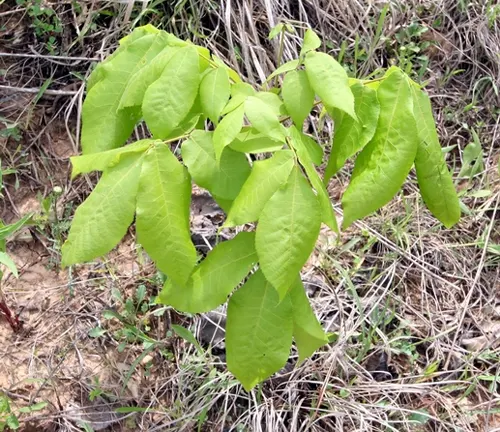
Common Uses
The Hickory tree’s wood is not only esteemed for its strength but is also celebrated for its diverse applications. From tool handles that demand durability to the crafting of exquisite furniture pieces, Hickory wood stands as a testament to the symbiotic relationship between nature and human craftsmanship. Its versatility has made it a staple in various industries, showcasing the practical benefits derived from this remarkable tree.
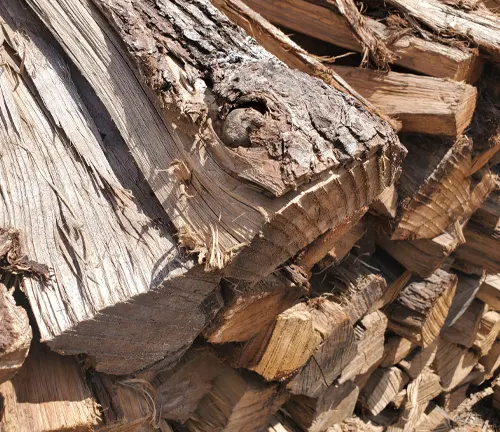
Benefits
Ultimately, the benefits of the Hickory tree extend beyond its visual and utilitarian aspects. From ecological contributions to soil stability, the Hickory tree stands as a symbol of harmony within nature. Embracing and appreciating the multifaceted advantages of this botanical marvel encourages a holistic understanding of our natural world, fostering a deeper connection with the Hickory tree and the ecosystems it inhabits.
Different Species
Shagbark Hickory
(Carya ovata)
Known for its distinctive shaggy bark that peels away in long strips, the Shagbark Hickory is a large tree native to North America. It produces sweet and edible nuts enclosed in thick husks.

Pignut Hickory
(Carya glabra)
This species, also native to North America, is recognized for its relatively small and bitter nuts. The term “pignut” refers to the husk’s tendency to partially enclose the nut, resembling a pig’s nose.

Mockernut Hickory
(Carya tomentosa)
Mockernut Hickory is characterized by its large, hard-shelled nuts and thick husks. The wood of this species is valued for its strength and is commonly used in construction and tool making.

Bitternut Hickory (Carya cordiformis)
As the name suggests, the nuts of the Bitternut Hickory are bitter and generally not consumed by humans. This hickory species is known for its smooth bark and pinnately compound leaves.
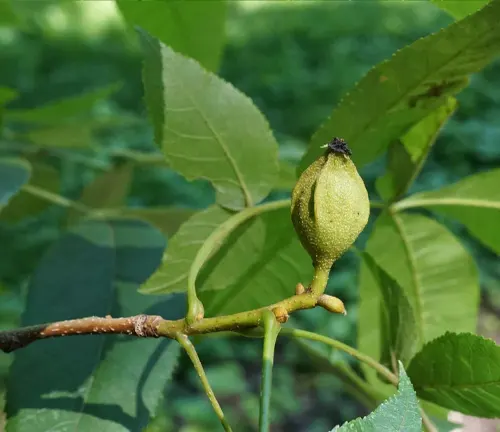
Pecan
(Carya illinoinensis)
Although commonly recognized as a separate species, pecans are a type of hickory tree. Pecan trees are cultivated for their sweet and highly prized nuts, used in a variety of culinary applications.
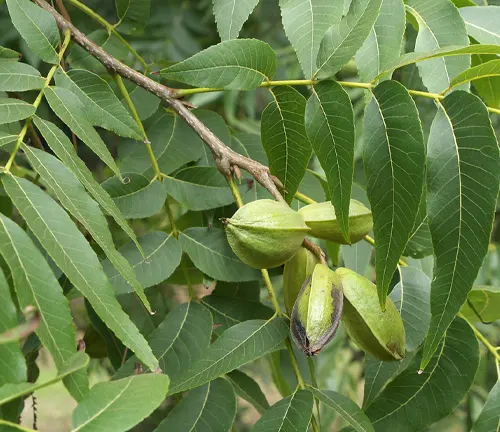
Water Hickory
(Carya aquatica)
Typically found in wetland areas, Water Hickory has compound leaves with serrated edges. It produces small, sweet nuts and is adapted to thrive in moist environments.
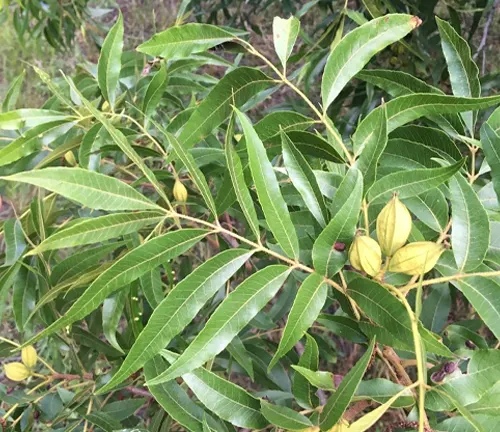
Sand Hickory
(Carya pallida)
This hickory species is well-suited to sandy soils, as the name suggests. It produces relatively small nuts and is found in a variety of habitats, including dry woodlands.

Red Hickory
(Carya ovalis)
Native to eastern North America, Red Hickory is similar in appearance to Shagbark Hickory but has smaller nuts. The wood is valued for its strength and is used in various applications.
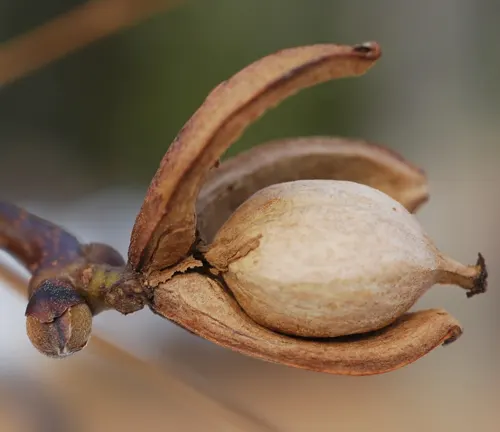
Frequently Asked Questions (FAQs)
- What is a Hickory tree?
Hickory trees belong to the genus Carya and are deciduous hardwood trees native to North America. They are known for their compound leaves and the production of large, edible nuts. - How can I identify a Hickory tree?
Hickory trees are often identified by their compound leaves, which consist of multiple leaflets. The bark and nuts can also be distinctive, with variations among different hickory species. - Are all Hickory nuts edible?
While many hickory nuts are edible, some species produce bitter nuts that are not suitable for consumption. Pecans, a type of hickory, are particularly well-known for their sweet and edible nuts. - What are the common uses of Hickory wood?
Hickory wood is highly valued for its strength and durability. It is commonly used in the production of tool handles, furniture, flooring, and for smoking food, imparting a distinct flavor. - How do I care for a Hickory tree in my yard?
Hickory trees generally thrive in well-drained soil and prefer full sunlight. Regular watering, especially during dry periods, and protection from pests can contribute to their overall health. - Are Hickory trees difficult to grow?
While hickory trees are generally hardy, they may have specific soil and environmental requirements depending on the species. Some hickories are more adaptable than others, so it’s essential to choose a species that suits your region. - Do all Hickory trees have the same bark?
No, different species of Hickory trees have varying bark characteristics. For example, Shagbark Hickory is known for its distinctive shaggy bark, while other species may have smoother or more textured bark. - Are Hickory trees important for wildlife?
Yes, Hickory trees play a crucial role in supporting wildlife. The nuts produced by hickories are a valuable food source for various animals, contributing to the overall biodiversity of forest ecosystems. - Can I plant a Hickory tree in my garden?
Yes, you can plant a Hickory tree in your garden if you have sufficient space. However, be aware of the specific requirements of the chosen hickory species and ensure it has enough room to grow to its full size. - Are there any conservation concerns for Hickory trees?
Some hickory species may face conservation challenges due to habitat loss and other environmental factors. Conservation efforts may involve promoting sustainable forestry practices and preserving natural habitats.


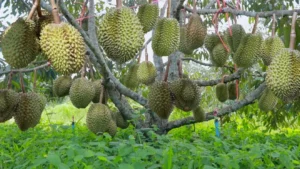

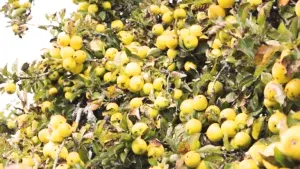



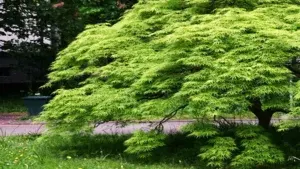

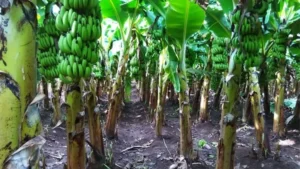


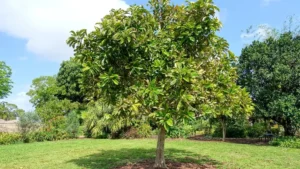
Leave your comment